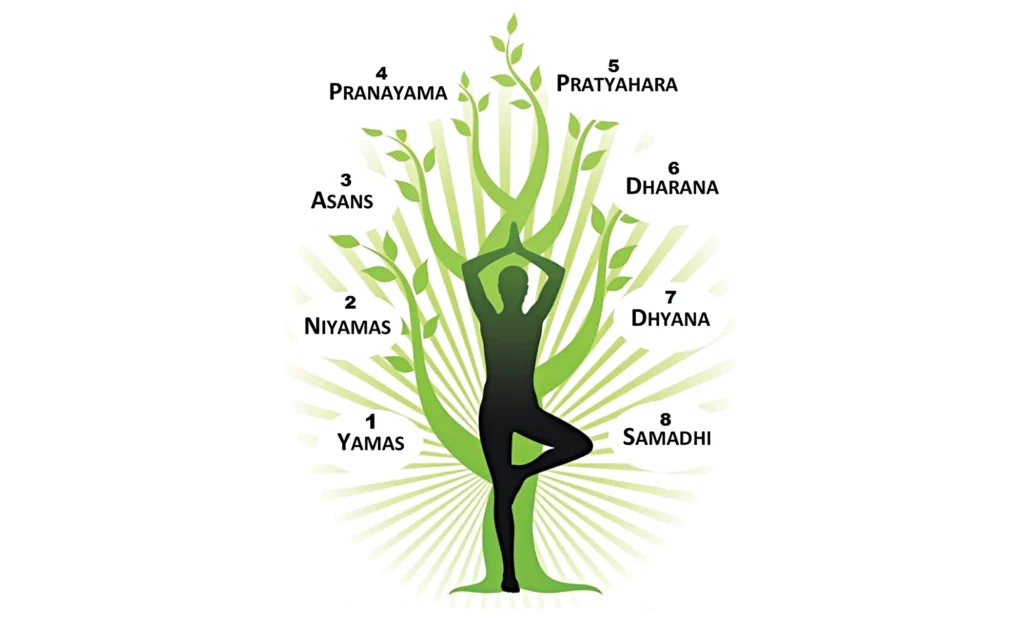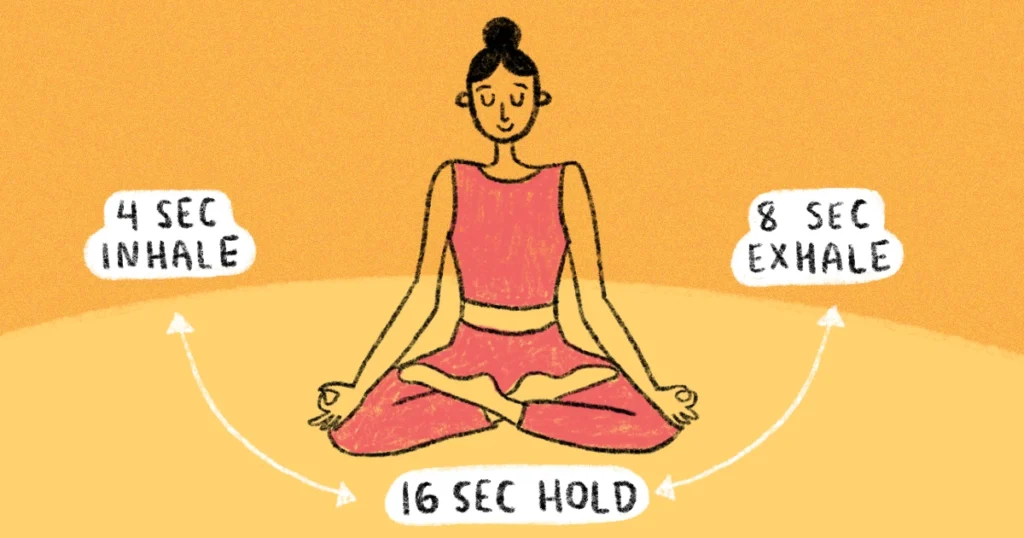Yoga Sutra
The Yoga Sutra are a classical text that provides a comprehensive framework for the practice and philosophy of yoga. They were compiled by the sage Patanjali, who is believed to have lived around the 2nd century BCE. The Yoga Sutras consist of 196 aphorisms, or short verses, divided into four chapters.
The word “sutra” means “thread” in Sanskrit, and it refers to a concise statement or a collection of aphorisms that present a particular subject. The Yoga Sutra are written in a concise and systematic manner, presenting the teachings of yoga in a structured and practical way.
The primary aim of the Yoga Sutras is to guide individuals on the path of self-realization and liberation. Patanjali defines yoga as “the restraint of the fluctuations of the mind” (Yoga Chitta Vritti Nirodha). The sutras outline various practices and techniques to achieve this state of mind, which leads to a deeper understanding of oneself and the nature of reality.
The Yoga Sutra are divided into four chapters:
Samadhi Pada:
This chapter focuses on the state of Samadhi, which is a state of deep concentration and absorption. It discusses the nature of the mind, the obstacles that hinder progress in yoga, and the various methods to attain Samadhi.
Sadhana Pada:
This chapter outlines the practical aspects of yoga, including the eight limbs of yoga (Ashtanga Yoga). These limbs provide a holistic framework for the practice of yoga, including ethical guidelines, physical postures (asanas), breath control (pranayama), and meditation.
Vibhuti Pada:
This chapter explores the attainments and powers that arise from the practice of yoga. It discusses the various psychic abilities that can be developed through yoga and emphasizes the importance of not getting attached to these powers.
Kaivalya Pada:
The final chapter focuses on liberation (kaivalya) and the ultimate goal of yoga. It describes the nature of the self (purusha) and the material world (prakriti), and how through self-realization, one can transcend the cycle of birth and death.
Meaning of the yoga
Yoga as Union:
The word “yoga” itself means “union” or “to yoke.” In the context of B.P.Ed., understanding yoga as a means of integrating the mind, body, and spirit can be valuable. It emphasizes the importance of holistic well-being and the interconnectedness of different aspects of human existence.
Eight Limbs of Yoga:

The Yoga Sutra outline the eight limbs or components of yoga known as Ashtanga Yoga. These limbs provide a comprehensive framework for the practice of yoga and include principles such as moral disciplines (yamas), self-disciplines (niyamas), physical postures (asanas), breath control (pranayama), withdrawal of senses (pratyahara), concentration (dharana), meditation (dhyana), and absorption or Samadhi.
Mindfulness and Concentration:

The Yoga Sutra emphasize the practice of mindfulness and concentration. This can be particularly relevant to a B.P.Ed. program as it can help students develop focus and presence, both in their personal practice and while teaching physical education. Mindfulness can enhance the quality of movement, promote better awareness of the body, and improve the ability to guide others effectively.
Ethical Guidelines:
The Yoga Sutra provide ethical guidelines known as the yamas and niyamas, which are moral and self-disciplinary principles. These principles, such as non-violence (ahimsa), truthfulness (satya), contentment (santosha), and self-discipline (tapas), can be valuable for individuals pursuing a career in physical education. They promote integrity, empathy, and a holistic approach to teaching and coaching.
Breath Control (Pranayama):

The Yoga Sutra discuss various techniques of breath control or pranayama. These practices involve regulating and channelizing the breath to cultivate energy, balance the nervous system, and enhance overall well-being. Understanding pranayama techniques can benefit B.P.Ed. students by providing tools for stress management, improving endurance, and facilitating efficient breathing patterns during physical activity.
Meditation and Self-Reflection:
The Yoga Sutra emphasize the practice of meditation (dhyana) as a means to cultivate self-awareness and self-realization. Incorporating meditation practices in a B.P.Ed. program can help students develop a deeper understanding of their own thoughts, emotions, and actions. It can also enhance their ability to create a reflective and introspective learning environment for their students.
concept of The Yoga Sutra
Holistic Approach:
The Yoga Sutras emphasize a holistic approach to health and well-being, encompassing the physical, mental, and spiritual aspects of an individual. In a B.P.Ed. program, this concept can be applied by promoting activities that address not only physical fitness but also mental and emotional well-being. It highlights the importance of considering the whole person rather than focusing solely on physical performance.
Mind-Body Connection:
The Yoga Sutras recognize the intimate connection between the mind and the body. This understanding can be integrated into a B.P.Ed. program by emphasizing the importance of mental focus, concentration, and awareness during physical activities. Students can be encouraged to develop mindfulness and present-moment awareness to enhance their overall performance and well-being.
Ethical Guidelines:
The Yoga Sutras provide ethical guidelines known as the yamas and niyamas, which offer principles for personal conduct and self-discipline. Incorporating these ethical guidelines into a B.P.Ed. program promotes values such as integrity, respect, and compassion. It encourages students to embody these principles in their interactions with others and to cultivate a positive and supportive learning environment.
Breath Control (Pranayama):
Pranayama, or breath control, is an integral part of the Yoga Sutras. It involves various breathing techniques to regulate and enhance the flow of vital energy (prana). Teaching pranayama techniques in a B.P.Ed. program can help students manage stress, improve endurance, and enhance overall performance. It also highlights the importance of proper breathing techniques during physical activity.
Meditation and Relaxation:
The Yoga Sutras emphasize the practice of meditation (dhyana) and relaxation as tools for calming the mind, reducing stress, and promoting inner peace. Incorporating meditation and relaxation techniques in a B.P.Ed. program can help students develop mental clarity, focus, and resilience. It can also assist in promoting relaxation and recovery after physical activities.
Mindfulness in Movement:
The concept of mindfulness, derived from the Yoga Sutra, . By cultivating present-moment awareness and attentiveness, students can enhance their body awareness, coordination, and precision in movement. Mindfulness also fosters an appreciation for the joy of movement and the connection between the mind, body, and environment.


Comfortable Bali Villas for Sale}
Hello. And Bye.